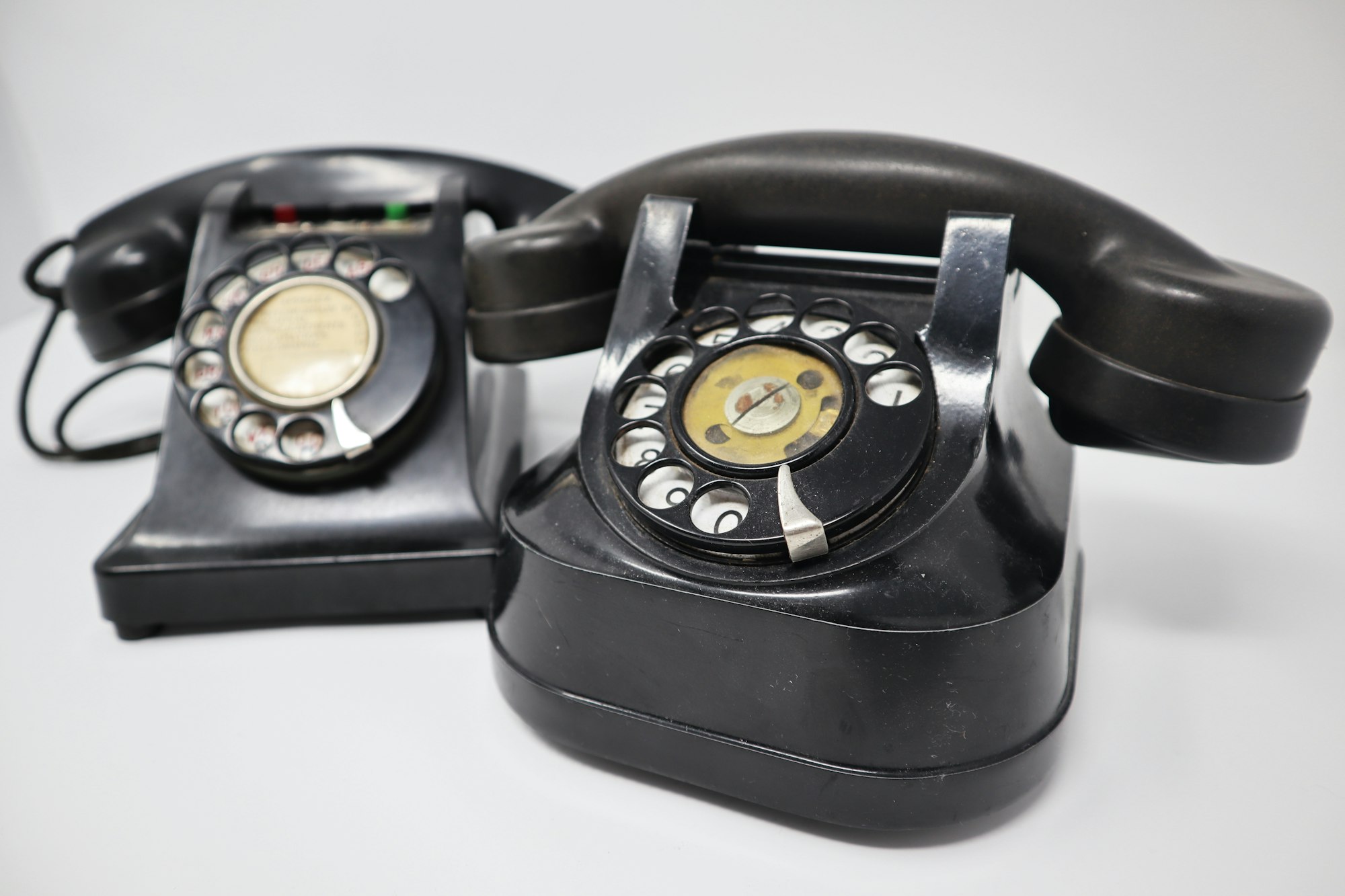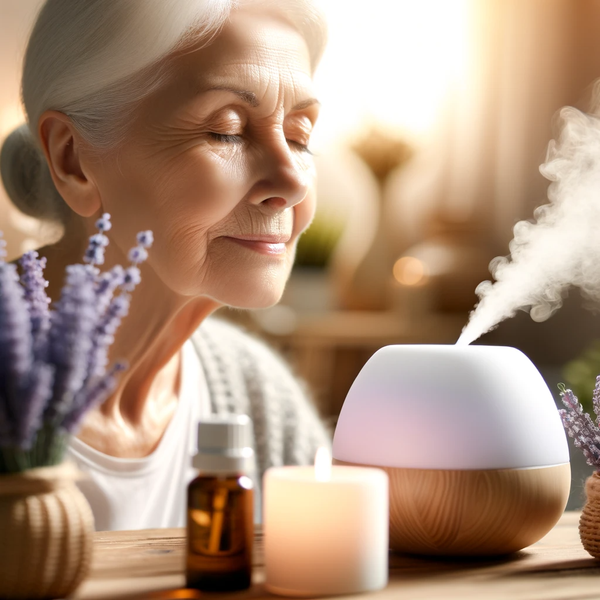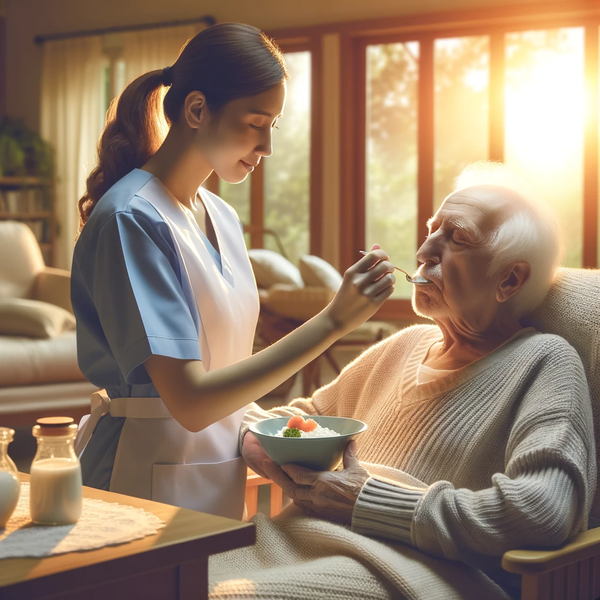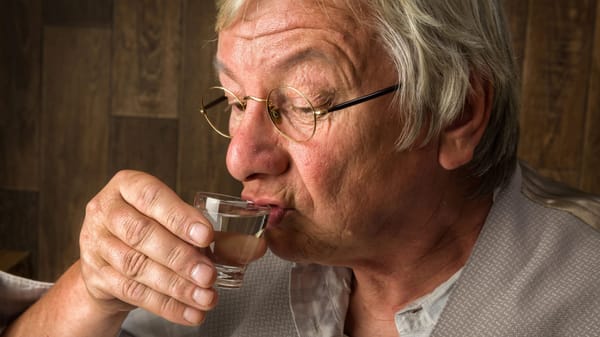Understanding and Preventing Abuse of the Elderly : A Comprehensive Guide
Explore the crucial roles of protective services, healthcare providers, and community involvement in combating elder abuse. Learn about identifying, reporting, and preventing mistreatment, ensuring the safety and dignity of older adults in our society.
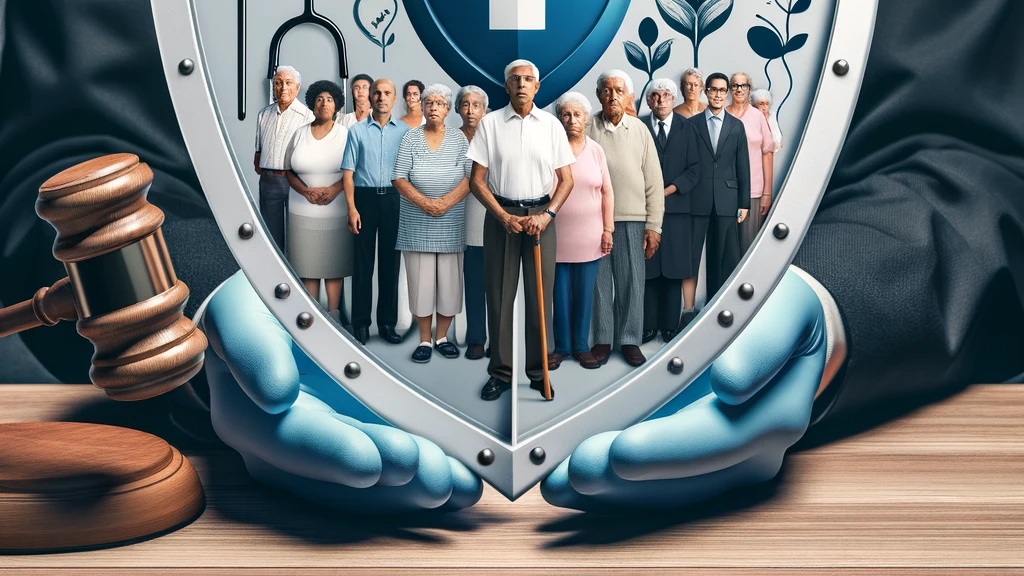
Elder abuse is a critical yet often overlooked social issue, impacting the well-being and rights of older adults globally. This article delves into the multifaceted aspects of elder abuse, offering insights into its prevention and the support available for victims.
Elder Abuse: An Overview
Elder abuse encompasses a range of harmful behaviors directed towards older adults, including physical, emotional, sexual, and financial exploitation. It can occur in various settings, from private homes to institutional environments like nursing homes. Understanding the scope and impact of elder abuse is essential for both community awareness and effective intervention.
The Many Faces of Elder Mistreatment: A Closer Look
Elder abuse, a deeply concerning issue affecting the elderly population, manifests in various forms, each with its unique impact on the victim's well-being. Understanding these different types of abuse is crucial for early detection, prevention, and intervention.
Physical Elder Abuse: More Than Just Injuries
Physical abuse of the elderly, often characterized by actions like hitting or forcibly restraining an older person, is a disturbing reality. Beyond the visible injuries such as bruises, broken bones, or unexplained marks, physical elder abuse can lead to long-term physical health complications, including chronic pain and a heightened risk of diseases. It's essential for caregivers and other family members to to recognize the warning signs and report suspected physical abuse to local adult protective services promptly.
Emotional and Psychological Abuse: The Invisible Scars
Emotional elder abuse, encompassing verbal assaults, threats, and other forms of psychological abuse, leaves deep emotional scars. It can significantly impact a senior's mental well-being, often leading to mental illnesses like depression or anxiety. Emotional abuse, though less visible, can be just as harmful as physical abuse, affecting the elderly person's ability to trust others and engage with the community. Reporting emotional harm is as vital as reporting physical abuse, and mental health care should be readily available for victims.
Financial Exploitation: A Growing Concern
Financial abuse, a prevalent form of elder mistreatment, involves the unauthorized or improper use of an older adult's funds, property, or assets. This could range from family members exploiting an elderly person for monetary or personal benefit, to healthcare fraud in nursing homes or assisted living facilities. Financial exploitation not only leads to devastating financial loss for the older adult but can also significantly impact their ability to pay bills, afford basic hygiene, or receive necessary, medical services and care. Preventing financial abuse requires vigilance from family members and caregivers, and suspected abuse should be reported to both the community and authorities.
Sexual Abuse: A Taboo Subject
Sexual abuse of older adults is a deeply distressing and often overlooked issue. It includes any form of non-consensual sexual contact, ranging from sexual harassment to assault. This form of abuse can leave the victim with severe emotional harm, psychological health issues, and physical injuries. It's crucial to create a supportive environment where older adults can report abuse without fear or stigma.
Neglect and Self-Neglect: Silent Forms of Abuse
Neglect occurs when caregivers fail to meet the basic needs of an elderly person, including medical, emotional, and physical care. Self-neglect, on the other hand, refers to situations where older adults, due to physical or mental impairments, are unable to care for themselves and fail to seek help. Both forms of neglect can lead to serious consequences like malnutrition, unsanitary living conditions, or untreated medical conditions. Recognizing and reporting neglect is a responsibility of every family member, caregivers, healthcare professionals, and the wider community.
Recognizing Elder Abuse
The Crucial Role of Protective Services and Community Involvement in Combating Elder Abuse
Elder abuse, a multifaceted and often hidden social issue, demands a proactive and informed response from both older adult protective services and the community at large. Local adult protective services, healthcare providers, and public health institutions are at the forefront of this battle, providing a safety net for older adults who may be victims of various forms of mistreatment.
The Vital Role of Local Adult Protective Services
Local adult protective services (APS) are pivotal in addressing elder abuse. These agencies are tasked with responding to reports of abuse, conducting investigations, and ensuring the safety and well-being of older adults. APS workers assess situations involving suspected abuse, whether it be physical, emotional, financial, or neglect, and take necessary actions which may include coordinating with law enforcement, providing emergency shelter, or arranging for medical care. Their role is crucial in safeguarding the elderly, particularly those with physical or mental impairments who may be unable to advocate for themselves.
Healthcare Providers: The First Line of Defense
Healthcare providers often encounter older adults who may be victims of abuse, whether it's in a clinical setting, nursing home, or through home health services. Physicians, nurses, and other medical professionals are in a unique position to identify warning signs of elder mistreatment, such as unexplained injuries, signs of neglect, or indications of mental pain emotional harm. Their responsibility extends beyond providing medical care to reporting suspected abuse to appropriate authorities. This reporting is vital, especially in cases of immediate danger, to ensure the protection and proper medical treatment of the elderly.
Public Health Institutions: Promoting Awareness and Prevention
Public health institutions play a key role in disease control and the promotion of overall health, which includes addressing issues like elder abuse. These institutions can lead initiatives for systematic reviews of elder abuse, develop public health campaigns to educate the community about the signs of elder abuse, and advocate for policies that protect older adults. By raising awareness, public health institutions help in both the prevention of elder abuse and in encouraging community members to report suspected cases.
Community Awareness: Everyone's Responsibility
Raising community awareness about elder abuse is critical for its early detection and prevention. Community education programs can inform the public about the various forms of and prevent elder abuse and mistreatment, from physical and emotional abuse to financial exploitation and sexual harassment. Understanding these forms of abuse, the risk factors, and the signs to look out for, empowers family members, neighbors, and other community members to recognize and report abuse. Community involvement is essential in creating a safe environment for older adults, as abuse often occurs in private and is perpetrated by family members or other trusted individuals.
The Synergy of Multi-Disciplinary Approaches
Addressing elder abuse requires a coordinated, multi-disciplinary approach. This includes collaboration between protective services, healthcare providers, law enforcement, mental health care professionals, and the community. Such a coordinated effort ensures a holistic response to elder abuse, addressing not only the immediate safety needs of the elderly person but also their long-term physical, psychological, and emotional health.
Elder Care Abuse Goes Unreported
A Unified Front Against Elder Abuse
The fight against elder abuse necessitates a united effort that encompasses awareness, education, prevention, and intervention. By understanding the different forms of both elder neglect and abuse and recognizing the critical roles played by protective services, healthcare professionals, and the community, we can work towards a society where older adults live with dignity, free from abuse and neglect. It's a collective responsibility to protect our seniors, ensuring their well-being and safeguarding their rights, which ultimately reflects on the health and moral compass of our society as a whole.
Identifying and Reporting Elder Abuse
Recognizing the signs of elder abuse is crucial for timely intervention. Warning signs can include unexplained injuries, sudden changes in financial situations, and behavioral changes. If abuse is suspected, it's important to contact local adult protective services or law enforcement agencies. In cases of immediate danger, calling emergency services is vital.
The Role of Family Members and Caregivers
Family members and caregivers play a significant role in both the perpetration and prevention of elder abuse. While some family members may be abusers, others can be instrumental in identifying and reporting suspected abuse. Caregivers, whether family members or professionals, need to be aware of the risks and signs of report elder abuse themselves.
Risk Factors and Prevention Strategies
Understanding the risk factors for elder abuse is key to prevention. These can include the older person's physical or serious mental illness or impairment, the caregiver's mental health or substance abuse issues, and the dynamics of family relationships. Prevention strategies involve educating caregivers, improving social support for older adults, and promoting public awareness campaigns.
Mental Health and Substance Abuse: The Double-Edged Sword
Mental health issues and substance abuse can be both a cause and a consequence of elder abuse. Caregivers struggling with these issues may be more likely to abuse, while victims of abuse may develop mental health problems as a result. Addressing these underlying issues is crucial for both prevention and treatment.
The Role of Healthcare and Social Services
Healthcare professionals and social workers play a critical role in identifying and addressing elder abuse. Regular medical check-ups can reveal signs of physical or emotional harm, while social services can provide support and resources to both victims and caregivers. Training for these professionals in recognizing and reporting abuse is essential.
Nursing Homes and Assisted Living Facilities: Safe Havens or Sites of Abuse?
Institutional settings like nursing homes and assisted living facilities can either be a source of care and safety for the elderly or a setting for abuse. Ensuring proper regulation, staff training, and oversight is crucial for protecting residents in these environments.
Legal and Policy Frameworks for Protecting the Elderly
Strong legal and policy frameworks are essential for combating elder abuse. This includes laws that define and penalize elder abuse, as well as policies that support victims and promote prevention. Collaboration between law enforcement, social services, and healthcare providers is key to an effective response to prevent abuse.
National and Community Efforts in Elder Abuse Prevention
Organizations such as the National Center on Elder Abuse and local adult protective services play a pivotal role in both raising awareness and providing resources for preventing elder abuse. Community initiatives can also be effective in creating a supportive environment for older adults.
Conclusion: A Call to Action
Elder abuse is a complex issue that requires a multifaceted response. From increasing public awareness and education to strengthening legal and policy frameworks, every effort counts in protecting our older adults. It's a societal responsibility to ensure the safety and dignity of the elderly, requiring the collective effort of individuals, communities, and institutions.
Additional Resources
For those seeking more information or needing assistance, numerous resources human services are available. Contacting local adult protective services, national hotlines, or mental health care providers can be the first step in both seeking help and preventing elder abuse.
Our Resources section can help you find the information and tools that you need. We have courses, videos, checklists, guidebooks, cheat sheets, how-to guides and more.
You can get started by clicking on the link below. We know that taking care of a loved one is hard work, but with our help you can get the support that you need.
Click here to go to Resources Section now!
You might also like this article:
